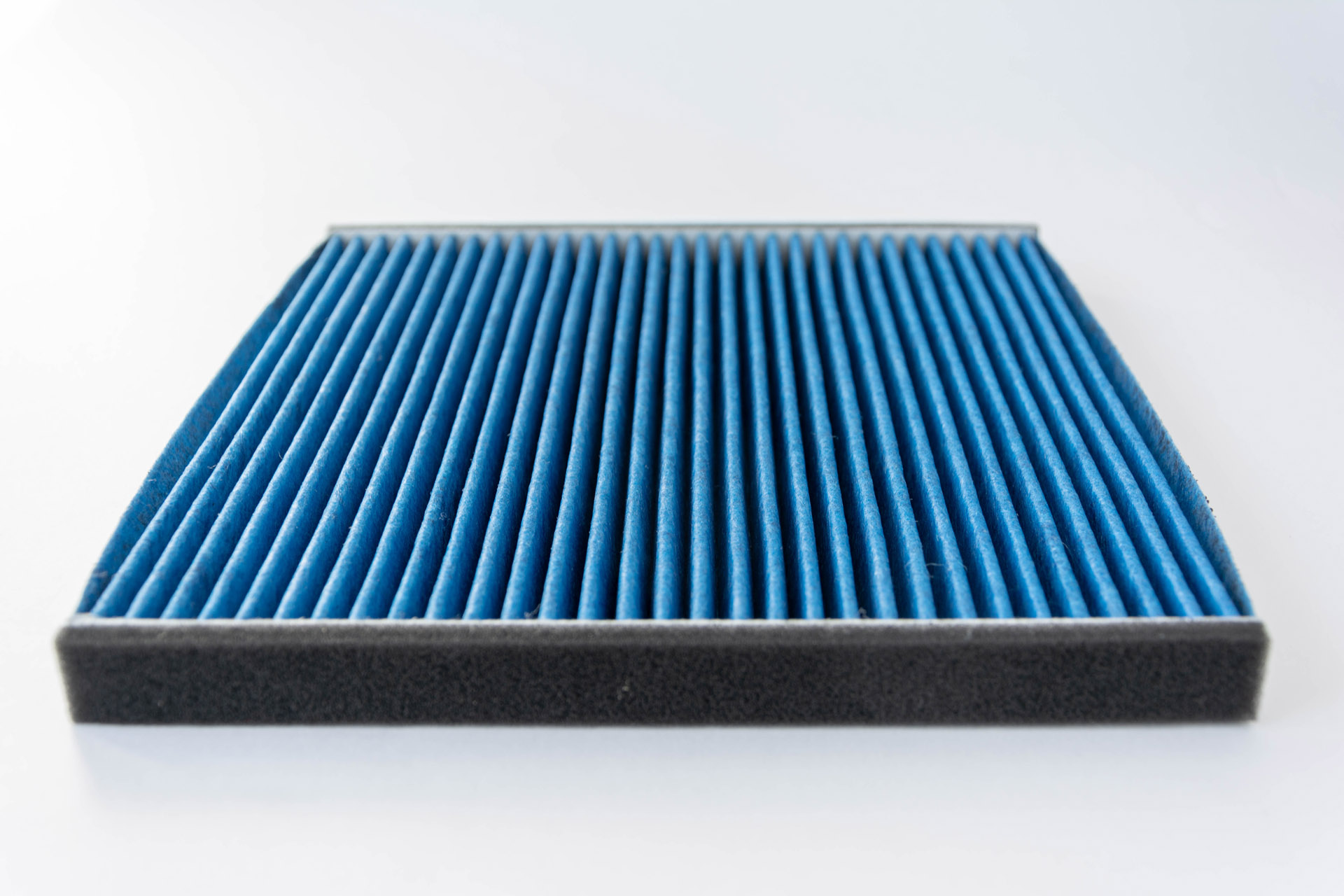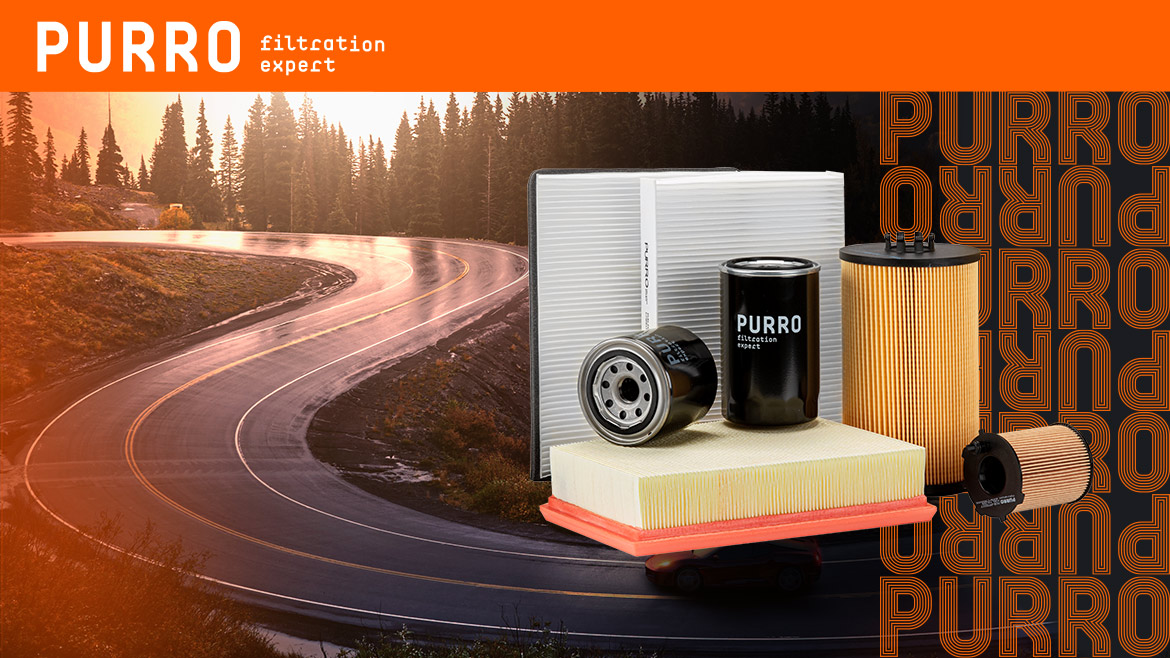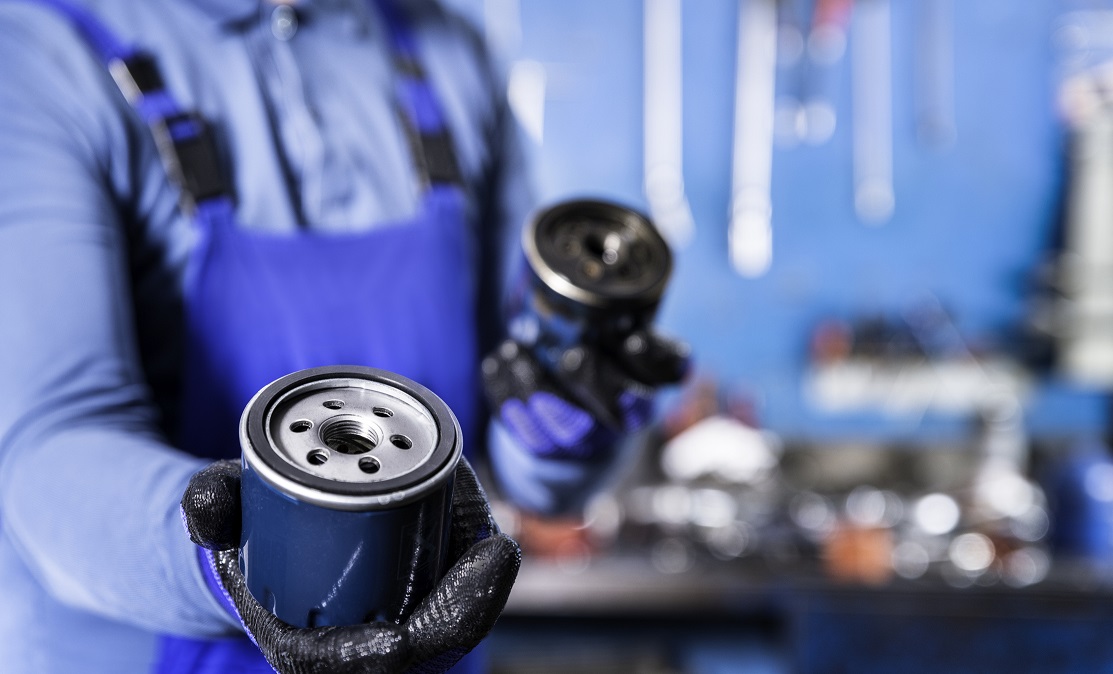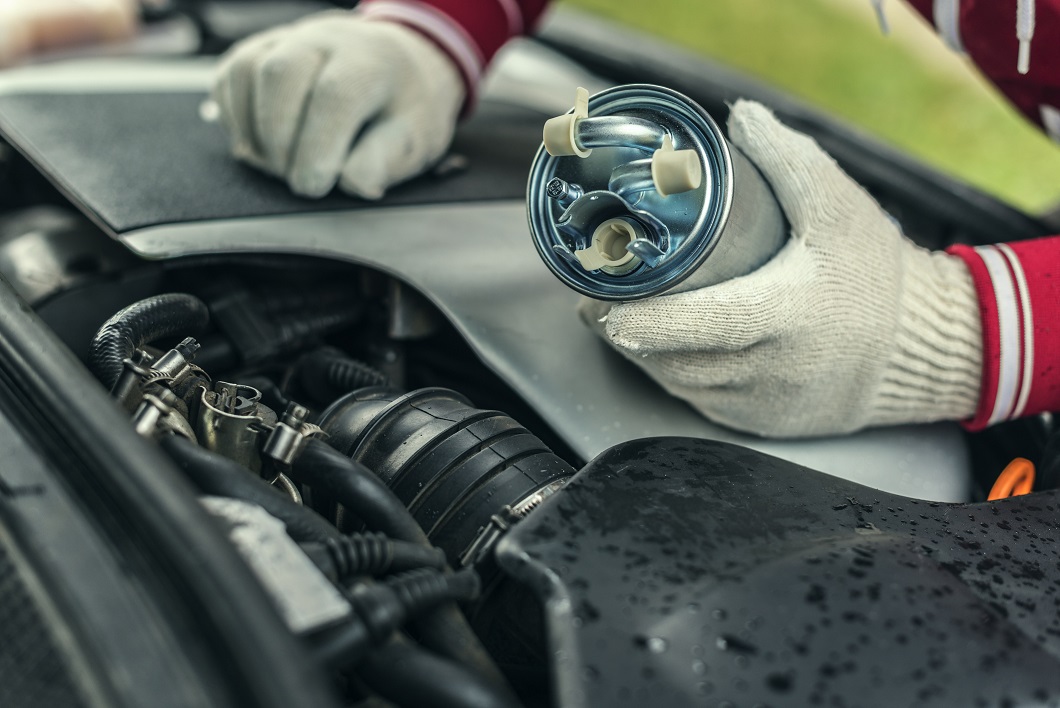PURRO recommends: Cabin filters – what is their role and how to choose them?
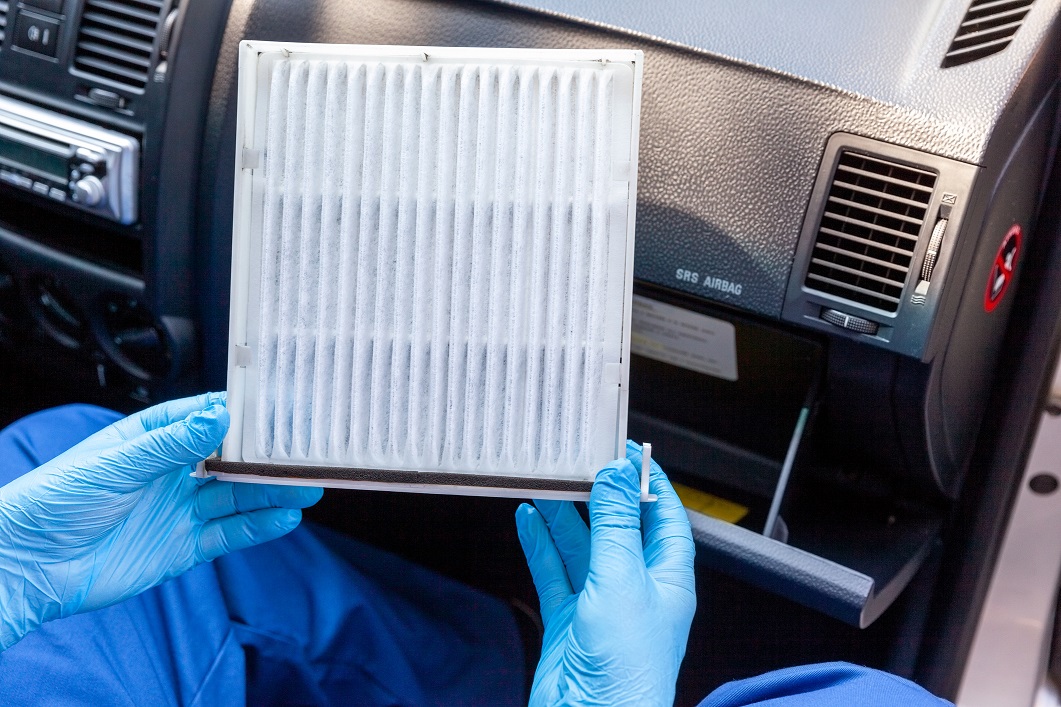
Presence of a cabin filter in modern vehicles is not surprising anymore. Its influence on health is huge, and that is only one of many advantages. Though it is a relatively new element of vehicle equipment – in the past it was only used in vehicles with A/C system – today it is hard to imagine motorization without cabin filters.
What is the role of a cabin filter?
We do not have to convince anyone about the need of filtering the air that is supplied to an engine. Regular changing of an air filter helps maintain the better condition of a car engine and influences its performance. But it is worth emphasizing the fact, that it is not the only air filter that is assembled on a car. The second one is a cabin filter, which filters the air that gets inside a vehicle. This element is extremely important for the health of a driver, that is why when choosing one, one should take only top-quality products, such as PURRO filters.
The role of a cabin filter is, first and foremost, stopping typical road dirt from getting inside a car, like dust, powder, sand, leaves and grass blades. In older cars, cabin filters were not used, so a leaf in the air vent was quite a normal thing. So, it seems obvious, that a lot of other dirt also got to the interior of a car and was breathed in by the driver and passengers.
But cabin filters produced nowadays can do much more. They stop not only large fractions of dirt but pollens, smog, smells and exhaust fumes. Absorption of that pollution ensures that passengers of a car can breathe fresh air. This is important, as in vehicles with no cabin filter, we can observe cumulation of harmful substances. This means that the air inside a car is even of worse quality that the air close to roads.
Where to look for a cabin filter?
Regarding manufacturers, of course only from the best, i.e., PURRO… In the case of a car, depending on make and model, the cabin filter can be located in several places. Most often, it can be found in the scuttle panel, just next to the engine compartment partition or close to the glove compartment. Access to the filter is not easy in all vehicles. Sometimes it is enough just to tilt the glove compartment, in other cases, one must disassemble several parts of a scuttle panel. Cabin filters which are located under the engine bonnet are protected with a sealed cover with pins or bolts and nuts, so one will need wrenches or screwdrivers to open the cover. If we are not sure, where the cabin filter is located in a car, one can check that in the instruction manual, or service book, or best, delegate this job to a professional mechanic in a professional garage.
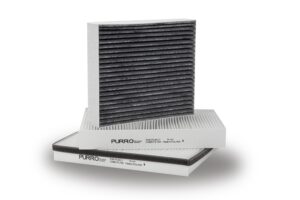
Why a cabin filter is so important?
The most important advantage of cabin filters is their impact on health. Good quality filters, among them all manufactured by PURRO, limit absorption of harmful substances which are produced by cars, and also those which are a result of secondary lift. This allows limiting the risk of respiratory system illness. The use of a filter is also very positive for people with various allergies, as the basic filtration layer can stop pollens.
But filtration of air getting inside a cabin has more advantages. It prevents excessive contamination of air ducts, where mould, fungi, bacteria and other harmful germs might develop. It is important, especially in the case of vehicles with air conditioning. A humid air-conditioning evaporator is just a perfect environment for pathogenic microorganisms. If clean air gets inside, the risk of development of pathogens is much lower. The cabin filter helps keep the air conditioning evaporator clean.
How is a cabin filter made?
The cheapest filters are made of pleated paper with high density. They provide only basic protection from dust or pollens and have quite a big disadvantage – they are not resistant to moisture. That is why it is worth choosing a filter which has a filtering layer made of hygroscopic microfibre, that is high-density synthetic fibre. Additionally, material is coated with antiseptic agents, which prevent the development of mould and bacteria, directly on the filter. PURRO offers exactly such products to its customers.
The construction of a cabin filter is really simple. It is mostly made of a rigid frame and pleated filtering material. Though models with square shapes are dominating, one can also find rectangular or irregular-shaped filters (e.g., with cut corners). The filter itself is composed of several layers. The first one, the preliminary layer, catches up the biggest particles of dirt. The second layer is made of thick nonwoven, which can stop also soot, bacteria and fungi spores. Next is the main layer, which stiffens the filter and prevents accidental tears. Additionally, a cabin filter can have an active carbon layer – and such filters are also offered by PURRO. Active carbon layer can stop even harmful gases from getting to the interior of a vehicle (e.g., ozone, carbon monoxide, hydrocarbons, sulphur compounds or oxide of nitrogen), smog molecules and unpleasant smells.
What cabin filter to choose – standard or with active carbon?
The dark-grey colour of a filter does not have to mean that the filter is used up. Active carbon filters have such colour. The active carbon layer is recommended mostly for people struggling with allergies and for those who are travelling with small children but also has an impact on the health of every person. The disadvantage of active carbon filters is their relatively high price, which can even be double of the price of a standard filter.
When is it worth paying more? In the first place, when one often gets stuck in traffic jams, drives mostly in cities or lives in an area with high air pollution and high levels of smog. It is worth selecting a filter with an active carbon layer, also when there are unpleasant smells in the area one life in, e.g., from factories or nearby fields. But if the car user more often visits highways and roads with light traffic, a standard cabin filter will also be fine.
Symptoms of a used-up cabin filter
The first symptom of a clogged up and used up cabin filter is an unpleasant smell coming out of vehicle air vents. The problem usually appears in autumn or in spring, when air humidity is higher. The distinctive smell of must and damp can also indicate that the air conditioning evaporator needs cleaning and disinfecting.
Another symptom of a used-up cabin filter is steam on windows. Cumulation of steam on windows can also have other causes, e.g., too high humidity inside the car, but is very often the symptom of a used-up cabin filter. Setting air vents to blow on windows gives no results, using humidity absorbent and airing the interior also does not. Because of this reason, some drivers decide to change the cabin filter just before the autumn-winter season, when first problems with steamed windows appear.
How often should one replace the cabin filter?
Wear of the filter heavily depends on pollution on the roads a vehicle is driven on, but one can assume that a good quality cabin filter keeps its parameters for a year or approximately 15 thousand kilometres. Taking into consideration difficult road conditions in winter and the risk of developing mould, the cabin filter is mainly replaced in spring. It is worth doing that during seasonal disinfection of the air conditioning system and control of refrigerant level in the A/C system. Such a simple activity prepares the vehicle perfectly for the summer season and fights with heat. It is also worth remembering to turn on the A/C system in winter. Popular “clima” does not only cool in the summer, but also dries the air, helping to remove moisture from the windows. Additionally, elements of the compressor will be lubricated with oil which is in the refrigerant. A long disused A/C compressor can seize when started again after a long time.
What should one remember about when changing a cabin filter?
In theory, changing a cabin filter is a simple activity, but one needs to keep in mind several things, that is why, not to miss any of the important steps, it is recommended to delegate the change to a professional mechanical garage. A mechanic will surely do it quickly and skilfully, and the filter will work properly. But if one decides to change the filter oneself, obligatorily one must check if the dimensions of the new filter are the same as the old one – filters in the same models, but with different engines or from different years can have different dimensions. Another very important thing is the direction of air flow in the filter, which is marked with an arrow. Proper assembly is really important, as filtering layers must work in a proper sequence. After putting the filter in its place, one should double check if it correctly adheres to the edges of the plastic frame. Any gaps or bends are unacceptable, as they will let dirt pass to the interior of a car. So, in theory, a change of a cabin filter seems easy, but small negligence may lead to its improper operation. One also has to keep in mind, that often getting to the cabin filter is not an easy task, as it is not always located in the area of the glove compartment in the scuttle panel. So, to make sure that the filter has been properly chosen and properly changed, it is best to order such a service from a professional automotive garage. We recommend replacement of the filter to be done in a garage, during the seasonal disinfection of A/C system.

